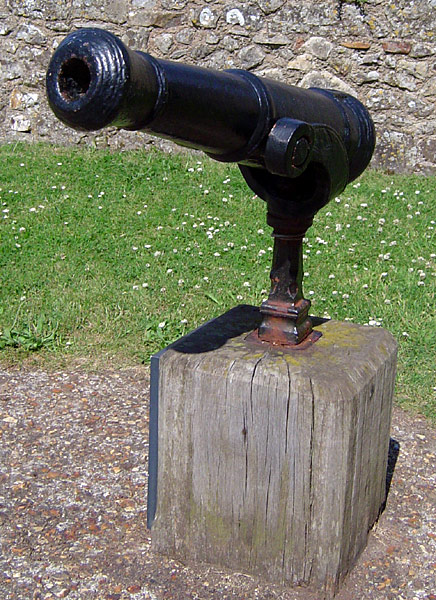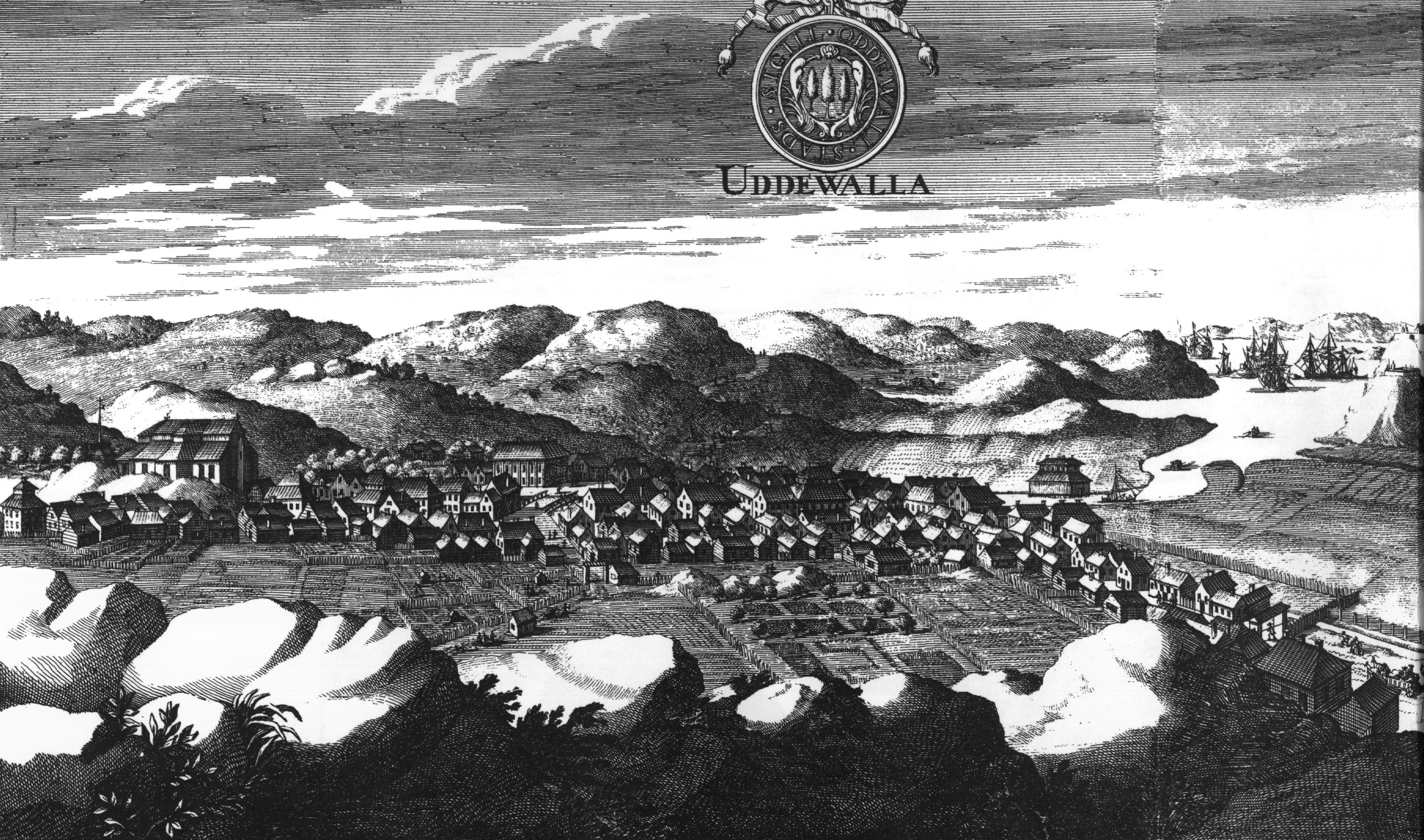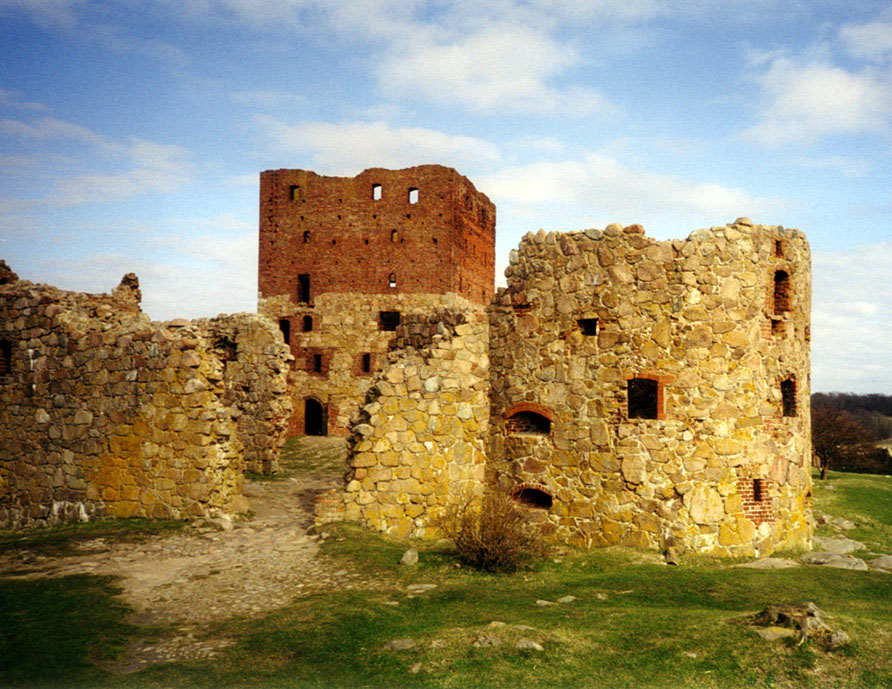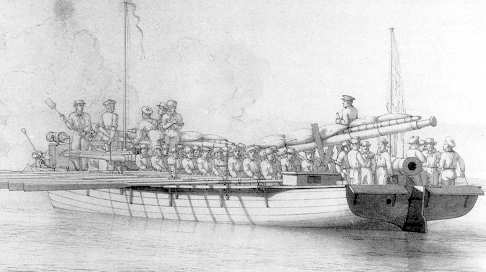|
Hired Armed Cutter Swan
During the French Revolutionary and Napoleonic Wars the Admiralty also made use of hired armed vessels, one of which was His Majesty's Hired armed cutter ''Swan''. Actually there were two such cutters, but the descriptions of these vessels and the dates of their service are such that they may well represent one vessel under successive contracts. The vessel or vessels cruised, blockaded, carried despatches and performed reconnaissance. First hired armed cutter ''Swan'' The first ''Swan'' was launched in 1797 and served the Royal Navy from 1 July 1799 to 24 October 1801 and also from 6 August 1803 to 21 October 1803. She was a cutter of 14 cannons - twelve 4-pounder guns and two 9-pounder carronades - and a burthen of 129 tons ( bm). This vessel is almost certainly the Revenue cutter ''Swan V'' (referred to in the section "Swan Revenue Cutters" below) Naval service From 13 August to October 1799 ''Swan'' participated in the disastrous Anglo-Russian invasion of Holland under Vic ... [...More Info...] [...Related Items...] OR: [Wikipedia] [Google] [Baidu] |
French Revolutionary Wars
The French Revolutionary Wars (french: Guerres de la Révolution française) were a series of sweeping military conflicts lasting from 1792 until 1802 and resulting from the French Revolution. They pitted French First Republic, France against Kingdom of Great Britain, Britain, Habsburg monarchy, Austria, Kingdom of Prussia, Prussia, Russian Empire, Russia, and several other monarchies. They are divided in two periods: the War of the First Coalition (1792–97) and the War of the Second Coalition (1798–1802). Initially confined to Europe, the fighting gradually assumed a global dimension. After a decade of constant warfare and aggressive diplomacy, France had conquered territories in the Italian Peninsula, the Low Countries and the Rhineland in Europe and abandoned Louisiana (New France), Louisiana in North America. French success in these conflicts ensured the spread of revolutionary principles over much of Europe. As early as 1791, the other monarchies of Europe looked with ou ... [...More Info...] [...Related Items...] OR: [Wikipedia] [Google] [Baidu] |
Swivel Gun
The term swivel gun (or simply swivel) usually refers to a small cannon, mounted on a swiveling stand or fork which allows a very wide arc of movement. Another type of firearm referred to as a swivel gun was an early flintlock combination gun with two barrels that rotated along their axes to allow the shooter to switch between rifled and smoothbore barrels. Swivel guns should not be confused with pivot guns, which were far larger weapons mounted on a horizontal pivot, or screw guns, which are a mountain gun with a segmented barrel. An older term for the type is peterero (alternative spellings include "paterero" and "pederero"). The name was taken from the Spanish name for the gun, pedrero, a combination of the word piedra (stone) and the suffix -ero (-er), because stone was the first type of ammunition fired. Configuration Swivel guns are among the smallest types of cannon, typically measuring less than in length and with a bore diameter of up to . They can fire a variety o ... [...More Info...] [...Related Items...] OR: [Wikipedia] [Google] [Baidu] |
Gothenburg
Gothenburg (; abbreviated Gbg; sv, Göteborg ) is the second-largest city in Sweden, fifth-largest in the Nordic countries, and capital of the Västra Götaland County. It is situated by the Kattegat, on the west coast of Sweden, and has a population of approximately 590,000 in the city proper and about 1.1 million inhabitants in the metropolitan area. Gothenburg was founded as a heavily fortified, primarily Dutch, trading colony, by royal charter in 1621 by King Gustavus Adolphus. In addition to the generous privileges (e.g. tax relaxation) given to his Dutch allies from the ongoing Thirty Years' War, the king also attracted significant numbers of his German and Scottish allies to populate his only town on the western coast. At a key strategic location at the mouth of the Göta älv, where Scandinavia's largest drainage basin enters the sea, the Port of Gothenburg is now the largest port in the Nordic countries. Gothenburg is home to many students, as the city includes ... [...More Info...] [...Related Items...] OR: [Wikipedia] [Google] [Baidu] |
Uddevalla
Uddevalla (old no, Oddevold) is a town and the seat of Uddevalla Municipality in Västra Götaland County, Sweden. In 2015, it had a population of 34 781. It is located at a bay of the south-eastern part of Skagerrak. The beaches of Uddevalla are filled with seashells and Uddevalla has one of the largest shell-banks in the world. Uddevalla has a port and it once had a large shipyard, the ''Uddevallavarvet'' ("Uddevalla wharf"), which was the largest employer in Bohuslän during the 1960s. The 1970s recession, that affected the Swedish shipyard industry severely, led to the closing of the wharf in 1985. History Uddevalla received its town privileges in 1498, but thought to have been a place of trade long before that. Formerly, Uddevalla belonged to Norway, and its name today comes from the original Norwegian ''Oddevald'', which later turned into ''Oddevold''. Due to its close location to Sweden and Denmark, it was often besieged. In 1612, it was burnt down by Swedish troops led ... [...More Info...] [...Related Items...] OR: [Wikipedia] [Google] [Baidu] |
Magazine (artillery)
Magazine is the name for an item or place within which ammunition or other explosive material is stored. It is taken originally from the Arabic word "makhāzin" (مخازن), meaning 'storehouses', via Italian and Middle French. The term is also used for a place where large quantities of ammunition are stored for later distribution, or an ammunition dump. This usage is less common. Field magazines In the early history of tube artillery drawn by horses (and later by mechanized vehicles), ammunition was carried in separate unarmored wagons or vehicles. These soft-skinned vehicles were extremely vulnerable to enemy fire and to explosions caused by a weapons malfunction. Therefore, as part of setting up an artillery battery, a designated place would be used to shelter the ready ammunition. In the case of batteries of towed artillery the temporary magazine would be placed, if possible, in a pit, or natural declivity, or surrounded by sandbags or earthworks. Circumstances might ... [...More Info...] [...Related Items...] OR: [Wikipedia] [Google] [Baidu] |
Hired Armed Cutter Hero
Two vessels served the British Royal Navy as His Majesty's Hired armed vessels, Hired armed Cutter (boat), cutter ''Hero''. Under the command of Lieutenant John Reynolds, the second hired armed cutter ''Hero'' captured some 30 merchantmen during the Gunboat War before the Royal Navy returned her to her owners. She was so successful that the Norwegian merchants offered a considerable reward for ''Hero's'' capture. There was also an hired armed lugger ''Hero'', and a number of British letter of marque, letters of marque that carried the name ''Hero'', and that were cutters. None of the letter of marque cutters match the description of either hired armed cutter ''Hero''. The first hired armed cutter ''Hero'' The first hired armed cutter ''Hero'' carried nine 12-pounder carronades and was of 77 tons (Builder's Old Measurement, bm). She served the Royal Navy from 20 August 1804 to 3 February 1805. The second hired armed cutter ''Hero'' The second hired armed cutter ''Hero'' carried t ... [...More Info...] [...Related Items...] OR: [Wikipedia] [Google] [Baidu] |
Galiot
A galiot, galliot or galiote, was a small galley boat propelled by sail or oars. There are three different types of naval galiots that sailed on different seas. A ''galiote'' was a type of French flat-bottom river boat or barge and also a flat-bottomed boat with a simple sail for transporting wine. Naval vessels * Mediterranean, (16th–17th centuries) : Historically, a galiot was a type of ship with oars, also known as a half-galley, then, from the 17th century forward, a ship with sails and oars. As used by the Barbary pirates against the Republic of Venice, a galiot had two masts and about 16 pairs of oars. Warships of the type typically carried between two and ten cannons of small caliber, and between 50 and 150 men. It was a Barbary galiot, captained by Barbarossa I, that captured two Papal vessels in 1504. * North Sea (17th–19th centuries) : A galiot was a type of Dutch or German merchant ship of 20 to 400 tons ( bm), similar to a ketch, with a rounded fore and aft like ... [...More Info...] [...Related Items...] OR: [Wikipedia] [Google] [Baidu] |
James Saumarez
Admiral of the Red James Saumarez, 1st Baron de Saumarez (or Sausmarez), GCB (11 March 1757 – 9 October 1836) was an admiral of the British Royal Navy, known for his victory at the Second Battle of Algeciras. Early life Saumarez was born at St Peter Port, Guernsey to an old island family, the eldest son of Matthew de Sausmarez (1718-1778) and his second wife Carteret, daughter of James Le Marchant. He was a nephew of Captain Philip Saumarez and John de Sausmarez (1706-1774) of Sausmarez Manor. He was also the elder brother of General Sir Thomas Saumarez (1760-1845), Equerry and Groom of the Chamber to the Duke of Kent, and afterwards Commander-in-Chief of New Brunswick and of Richard Saumarez (1764-1835), a surgeon and medical author. Their sister married Henry Brock, the uncle of Major-General Sir Isaac Brock and Daniel de Lisle Brock. Many of de Sausmarez's ancestors had distinguished themselves in the naval service, and he entered it as midshipman at the age of thirte ... [...More Info...] [...Related Items...] OR: [Wikipedia] [Google] [Baidu] |
Bornholm
Bornholm () is a Danish island in the Baltic Sea, to the east of the rest of Denmark, south of Sweden, northeast of Germany and north of Poland. Strategically located, Bornholm has been fought over for centuries. It has usually been ruled by Denmark, but also by Sweden and by Lübeck. The ruin of Hammershus, at the northwestern tip of the island, is the largest medieval fortress in northern Europe, testament to the importance of its location. Bornholm and Ertholmene comprise the last remaining Danish territory in Skåneland east of Øresund, having been surrendered to Sweden in 1658, but regained by Denmark in 1660 after a local revolt. The island is known as ("sunshine island") because of its weather and ("rock island") because of its geology, which consists of granite, except along the southern coast. The heat from the summer is stored in the rock formations and the weather is quite warm until October. As a result of the climate, a local variety of the common fig, known ... [...More Info...] [...Related Items...] OR: [Wikipedia] [Google] [Baidu] |
Gunboat War
The Gunboat War (, ; 1807–1814) was a naval conflict between Denmark–Norway and the British during the Napoleonic Wars. The war's name is derived from the Danish tactic of employing small gunboats against the materially superior Royal Navy. In Scandinavia it is seen as the later stage of the English Wars, whose commencement is accounted as the First Battle of Copenhagen in 1801. Background The naval conflict between Britain and Denmark-Norway commenced with the First Battle of Copenhagen in 1801 when Horatio Nelson's squadron of Admiral Parker's fleet attacked the Danish capital. This came as a basis of Denmark-Norway's policy of armed neutrality during the latter stages of the French Revolutionary Wars, where Denmark used its naval forces to protect trade flowing within, into and out of the Danish-Norwegian waters. Hostilities between Denmark-Norway and the United Kingdom broke out again by the Second Battle of Copenhagen in 1807, when the British attacked the Danish c ... [...More Info...] [...Related Items...] OR: [Wikipedia] [Google] [Baidu] |
HMS Bulldog (1782)
Seven vessels of the British Royal Navy have been named HMS ''Bulldog'' (or HMS ''Bull Dog''), after the bulldog, with an eighth announced: * The first was a small 4-gun hoy bought in March 1794 and sold later at Jersey in the same year. * The second HMS ''Bull Dog'' (1782) was a 16-gun sloop launched in 1782 but converted to a Royal Navy bomb vessel in 1798. The French captured her in February 1801 when she unwittingly entered the French-held port of Ancona. Boats from recaptured her in May, but adverse winds prevented her from escaping and the French recaptured her. In September, recaptured her off Gallipoli, Apulia. ''Bulldog'' returned to Portsmouth where she became a powder hulk. She was broken up at Portsmouth in December 1829. * The third was a wooden steam powered paddle sloop launched in 1845. She managed to end the Neapolitan naval bombardment of rebels in Palermo in 1848 by threatening retaliation if the shelling was not ceased. She ran aground in 1865 whilst off t ... [...More Info...] [...Related Items...] OR: [Wikipedia] [Google] [Baidu] |






